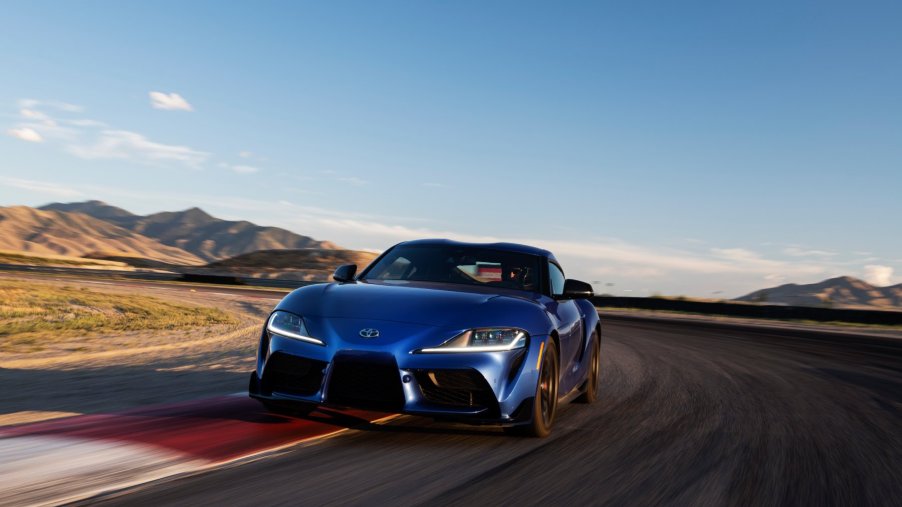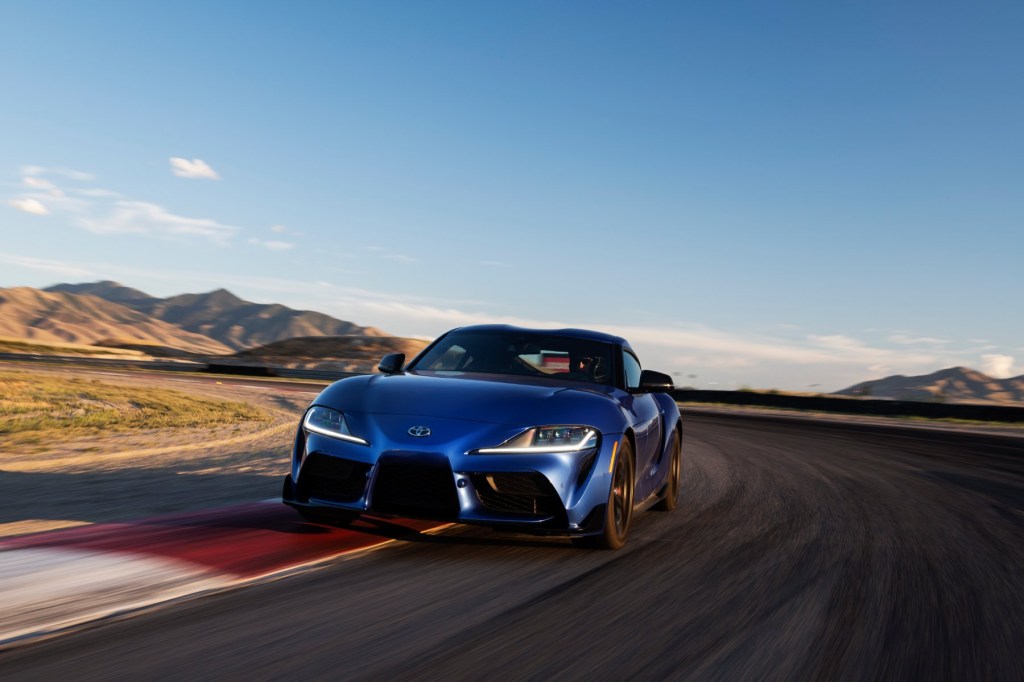
Why are Inline-6 Engines Smoother than V6s?
The inline-six engine is returning to the auto industry in a big way. After years spent on the sidelines, manufacturers like Mazda and BMW are bringing these once-popular straight-six engines into the spotlight. But do inline-six engines really run smoother than their V6 counterparts, as their reputations suggest?
Inline-6 engine designs are more balanced than V6s
Inline-six engines are known to be smoother than V6s due to their mechanical balance advantages.
When a V6 engine runs, its cylinders fire alternately on each side of the block. Each cylinder firing produces energy that moves away from the other bank of cylinders. In layman’s terms, this process can create a “rocking” effect that produces vibrations.
As The Drive points out, inline-six engines lack this type of vibration created by angled cylinder banks. All cylinders fire in the same direction in a single line, and the cylinders have symmetrical firing orders for even better balance. Plus, as The Drive again notes, inline-six engines sound fantastic.
Is a straight-6 engine the same as an inline-6 engine?
Yes – inline-six engines and straight-six engines are the same. These types of engines differ from V6 engines in their cylinder alignment. They’re simply different ways to refer to any engine with six cylinders aligned in a single row. V6 engines are aligned with three cylinders on each side of the block, each opposite another at an inclined angle.
What are the cons of a straight-6 engine?
The most common drawback of an inline-six engine is that it’s often more difficult to package into a vehicle. Most straight-six engines are too long to fit in an engine bay transversely, like four-cylinder engines. That means fitting straight-six powertrains under hoods longitudinally – or straight lengthwise with the vehicle and perpendicular to the grille. Many new cars don’t have the geometry to fit a longitudinal inline-six engine. Automakers often have to design vehicles specifically with this engine type in mind.
V6s are easier to package, by contrast, according to the Drive. The V configuration means they tend to be wider than inline-six engines. But they’re also typically shorter. These proportions are easier to fit under the hoods of more models.
Why are automakers going back to the inline-6?

Manufacturers are using more inline-six engines in 2023 to improve driving refinement and move away from larger, less-efficient powertrains.
Inline-six engines were popular for decades before waning in the late-20th century. In the 2000s, they were primarily available in European luxury and sport models. Straight-sixes were largely absent from the market for about a decade – but they’re bouncing back.
Brands like Mercedes-Benz and BMW that once championed the straight-six are putting it back into SUVs and sports cars alike. Even Toyota and Mazda are using inline-six engines again in models like the Supra and CX-90 Turbo S.
The straight-six engine configuration gives these brands the mix of power and efficiency that they’re looking for outside V8 engines. At the same time, they can deliver a more refined driving experience than a V6. With that in mind, it’s no wonder the inline-six is on the rise.


